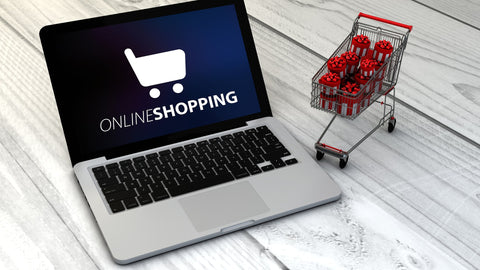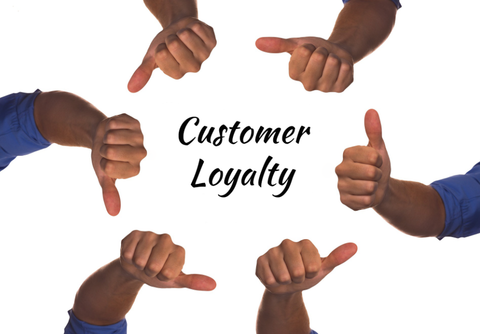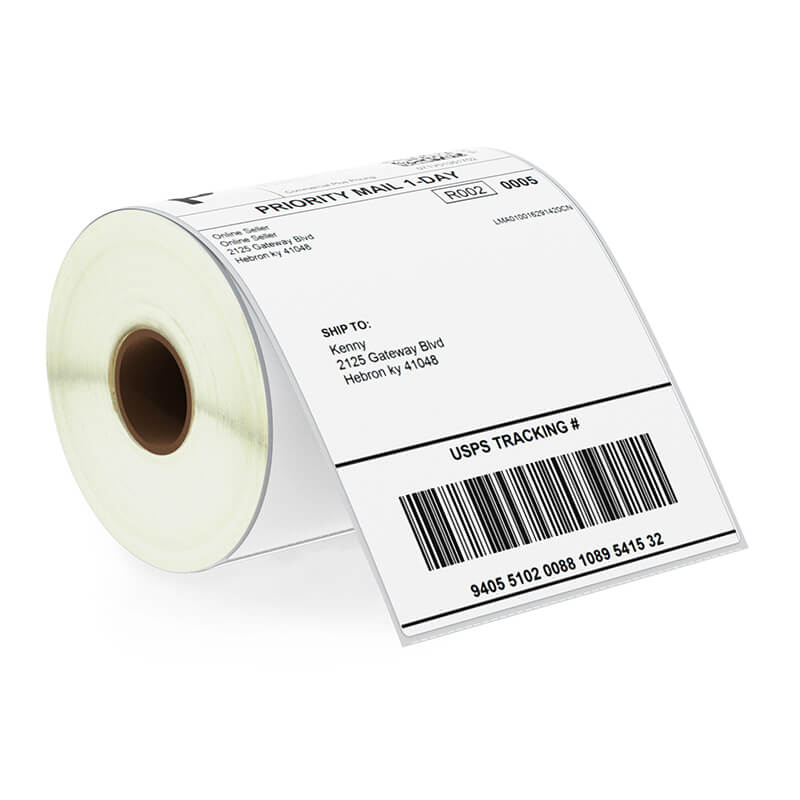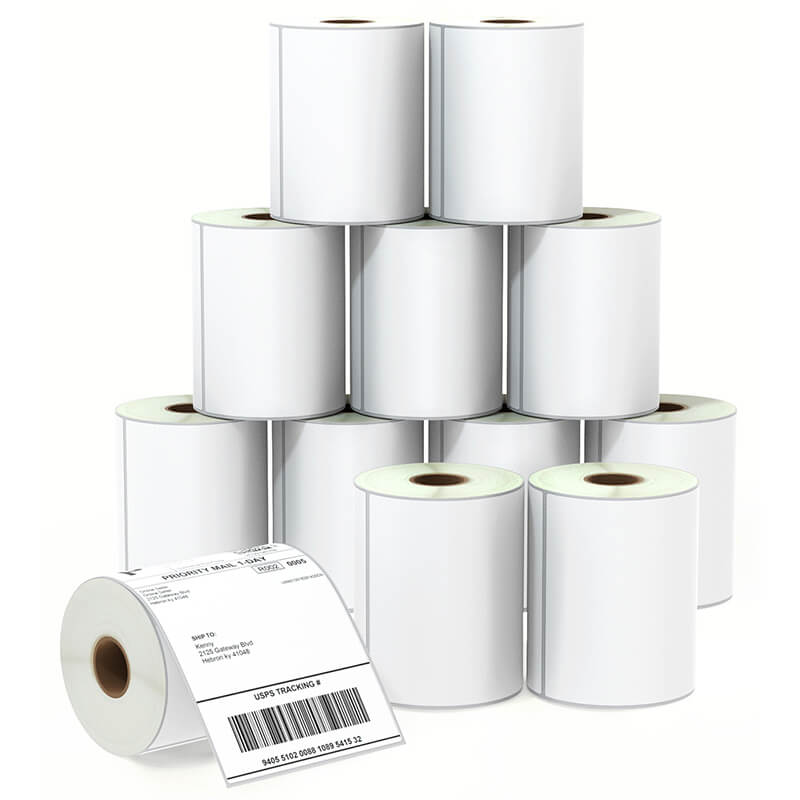5 E-commerce Trends for 2023

With the recession and consumer spending cuts, last year was arguably one of the most difficult years the retail industry has ever experienced.
And we expect those problems to continue into 2023. Many e-commerce business owners are concerned about how to address these issues.
Here are 5 e-commerce trends for 2023 that we'd like to share with you.
1. Encourage Customer Loyalty
Whether you are a DTC seller through your own website or a platform seller like Amazon Seller, we all know that selling to new customers is getting harder. Many more competitors have flooded into the industry, traffic including PPC ads and influencers is getting more expensive.
In 2023, we recommend that you take care of your existing customers. Statistics have shown that the chance of selling to an existing customer is 60-70%, but the chance of selling to a new prospect is usually only 5-20%.
So reward your loyal customers and show them your appreciation for their continued loyalty with things like a referral program, free gifts, and personalized discounts. Even a thank you email or personal note will have a positive effect.

2. Addressing Cost And Inventory Pressures.
In the past 6 months, there are 89% retailers have been suffered from increasing cost such as raw material, warehouse storage, logistics and wages. Those increasing cost cut huge share of profits margins, and we truly believe the increasing cost will keep continued for this year.
According to Inventory Planner, there are 45% of retailers are experiencing serious overstock, so they are desperate to try to address the issue. And 59% of those retailers admit that their cash flow will be dangerous if they cannot get rid of those stocks in 2023.
For those retailers, getting rid of stocks to help cash flow will be their first priority in this year.

3. Brand & Product Sustainability
We won’t get surprised that sustainability has been a rising trend in the last few years since young customers, who are informed the concept of sustainability business more. Traditionally, sustainability business is an environmentally-friendly business that target on operating business with a little negative impact on the environment as possible. But today, customers also consider business impact on society and human well-being.

4. Live Shopping
Since living shopping get tremendous success in China, major e-commerce markets such as North America and Europe have invested heavily on live shopping. On live shopping, retailers presenting their products through a livestream, often on a social media platform, so customers are able to ask questions, receive responses and make orders in real-time. Interactivity is the selling key because you can inspire customers to make orders in the shortest time instead of losing them due to time of responding in email.
Brands owners are able to be creative in how they present their products, engage with customers and boost sales.

5. Diversifying Your Ads Budget
In 2013, brand owners spent on average of $9 for every new acquired customer.
Today, brand owners spent on average of $29, an increase of 222% in the last 9 years, because the cost of digital advertising has increased so much.
Advertising costs have increased by up to 60% to generate the same amount of traffic and this trend is going to continue. So the answer is diversifying your budgets and try new channels.















